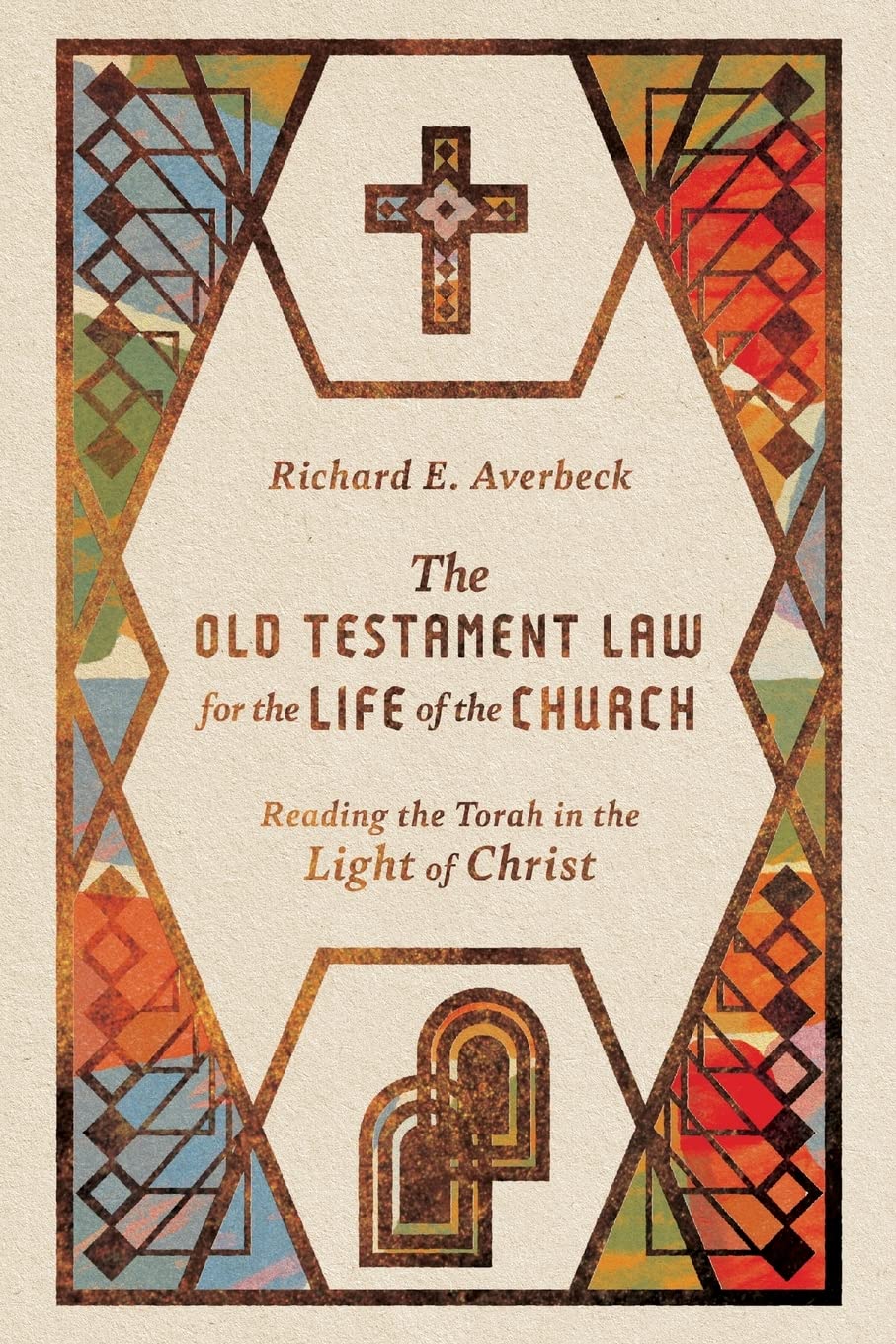A Brief Book Summary from Books At a Glance
by Mark Baker
About the Author
Richard Averbeck is professor of Old Testament and Semitic languages at Trinity Evangelical Divinity School.
Overview
This book seeks to explain the relevance of the Old Testament law for a new covenant believer. It is divided into three main parts. The first part looks at the biblical covenants to provide a foundation for the relationship between the Old Testament law and the church. The second part covers the Old Testament law itself, and the third part investigates the New Testament teaching on the law.
Table of Contents
Introduction
Part 1: Covenant and Context
1 Covenants in the Old Testament
2 The Nature and Progression of the Redemptive Covenants
Part 2: The Old Testament Law in Context
3 The Mosaic Law Collections and the Redemptive Setting of the Law
4 The Sinai Narrative and the Ten Commandments
5 The Book of the Covenant and Parallel Collections of Law in the Torah
6 Israel as a Kingdom of Priests and the Presence of God
7 Offerings and Sacrifices, Holiness and Purity
Part 3: The Old Testament Law in the New Testament
8 Jesus and the Mosaic Law
9 The Mosaic Law in Acts and the Earliest Church
10 The Goodness and the Weakness of the Law
11 The Unity of the Law
Summary
Introduction
The church today is primarily Gentile, and Christians generally view the church from a Gentile starting point. But if you look at the story of the Bible, Christianity has a Jewish starting point. With this in mind, we may need to recalibrate how we think about the Old Testament law. That is the goal of this book: “to understand how the Old Testament law does and does not come through into the New Testament for the church and the life of the believer” (3). Consider Joshua 1:8 and Psalm 1:2; both verses focus on the need to meditate and keep the law. The Jewish Scriptures are divided into three parts: Law, Prophets, and Writings. Joshua marks the beginning of the prophets, and the book of Psalms stands at the head of the Writings. “Thus, precisely at the seams of the three major units of the canon, both Joshua 1:8 and Psalm 1:2 emphasize the importance of meditation on the law of the Lord, day and night and as a way of life” (6).
But how should a Christian meditate on the law day and night? Should we meditate on all of it, or only the parts of the law that seem relevant to us? One popular way of sorting out the various kinds of the law is the so-called threefold division of the law into moral, ceremonial, and civil laws. This kind of division is not present in the Bible, nor is it helpful. “I will argue that the New Testament applies the whole law, including the so-called ceremonial parts to the church and the Christian life. It is not a matter of whether the Old Testament law applies but how the New Testament applies it” (13). This book contains three main theses: The law is good, the law is weak, and the law is a unified whole (14). To grasp the main point of the book, all three of these theses must be held all the time and all at the same time. Like a three-legged stool, if you take away one leg, the whole thing comes crashing down.
PART 1: COVENANT AND CONTEXT
Chapter 1: Covenants in the Old Testament
This chapter covers the various covenants that God makes with his people in the Old Testament. I define a covenant as a formal means of defining a relationship (35). At least two parties make up a covenant relationship. Usually the stronger party gives stipulations of the relationship, and then both parties swear an oath and share a meal. Some scholars believe that God made a covenant with creation in Genesis 1, or that God made a “covenant of grace” with Adam and Eve in Genesis 3, but neither of these options is present in the text itself. Therefore, the first covenant in the Bible is the covenant God makes with Noah in Genesis 6. “The Noahic covenant is the ‘creation covenant’ in the Bible—the only one. God committed to maintain the natural world order until the generations of human history and his redemptive program have run their course, issuing in the new heaven and earth” (34).
Next, God makes a covenant with Abram (later Abraham). In Genesis 15, God tells him to split animals in two, and then God himself passes through the animals in the form of a smoking firepot. The original audience of the Pentateuch would have understood this image as the “fire by night” that led Israel through the wilderness (Ex 13:21-22). Drawing from the imagery given in Jeremiah 34:20, this covenant ritual indicates that God is putting his own existence on the line. He essentially proclaims: “if I do not keep this covenant oath with Abram, let me be chopped into parts like these animals and my carcass eaten by the scavenger birds and the wild beasts” (43). God’s covenant with Moses contains similar themes with both a covenant oath (Ex 24:3-8) and a covenant meal (Ex 24:1-2, 9-11). Readers familiar with the new covenant ritual in Luke 22 could hardly miss the similarities between the “blood of the covenant that Yahweh has made with you” (Ex 24:8) and “this cup is the new covenant in my blood” (Lk 22:20). . . .
[To continue reading this summary, please see below....]The remainder of this article is premium content. Become a member to continue reading.
Already have an account? Sign In
